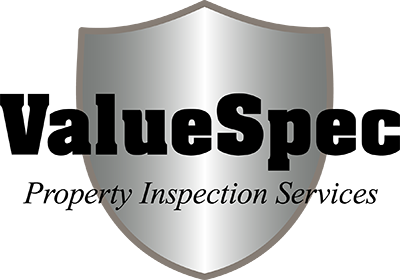Winter season guide for homeowners:
Here’s what the experts recommend:
Attic/crawlspace — As a general rule, if a home has less than 11 to 12 inches of insulation in the attic or crawlspace, it could probably use more. Use batt or blown insulation for best results. Check with a Lowe’s expert to determine the proper R-value of insulation for your home.
Water heater and hot water pipes — Conserve heat and energy by swaddling your old water heater with an insulation blanket kit or faced fiberglass insulation. Insulate hot water pipes with preformed foam pipe insulation sleeves if they pass through an unheated area or run under your home.
Seal leaks, cracks, openings in the home
Windows — Remove screens and install storm windows.
Fireplace — If your fireplace is a wood burning fireplace make sure the damper closes as tightly as possible when a fire is not burning to minimize heat loss, but if it’s a gas burning fireplace, to prevent carbon monoxide generated by the pilot flame from entering the living area, there should be a small “C” clamp installed on the damper to prevent it from closing completely.
Draft-prone areas — Zip up your home’s winter coat by caulking, sealing and weatherstripping around all seams, cracks and openings. Pay special attention around windows and where siding or bricks and wood trim meet. Seal areas near electrical boxes and plumbing penetrations as well.
Ductwork — Look for cracks or air leaks in ductwork and use duct tape to seal them.
Improve indoor air quality
Furnace filters — Change forced air heating system air filters according to manufacturer’s recommendations. Make a clean break into winter with a fresh filter instead of using last year’s used goods.
Air registers, baseboard heaters and radiators — Regularly dusting off these heat sources will improve the energy efficiency of your home.
Ceiling fans — To save energy during colder weather, activate the reverse setting on your ceiling fans to circulate hot air that rises to the ceiling and blow it back down.
Maintain your lawn and garden:
Cool-season grasses — Fertilize grasses such as ryegrass, fescue, and bluegrass in or before early November.
Bulbs — Plant hardy bulbs in milder climates in the earlier part of November.
Vegetable and perennial beds — Clean and prepare beds for next season’s planting.
Leaves — Rake and remove leaves left on the lawn to discourage disease.
Push mower, outdoor power equipment — Perform annual maintenance before storing.
Lawn and garden equipment, patio furniture — Store to avoid harsh winter elements.
Hoses, outdoor faucets and sprinkler systems — Drain before season’s first freeze.
Bird feeders — Regularly clean and refill feeders for winter’s feathered friends.
https://Lowes.com
Contact us to learn more or schedule a home or termite inspection today in Southeastern Michigan!
